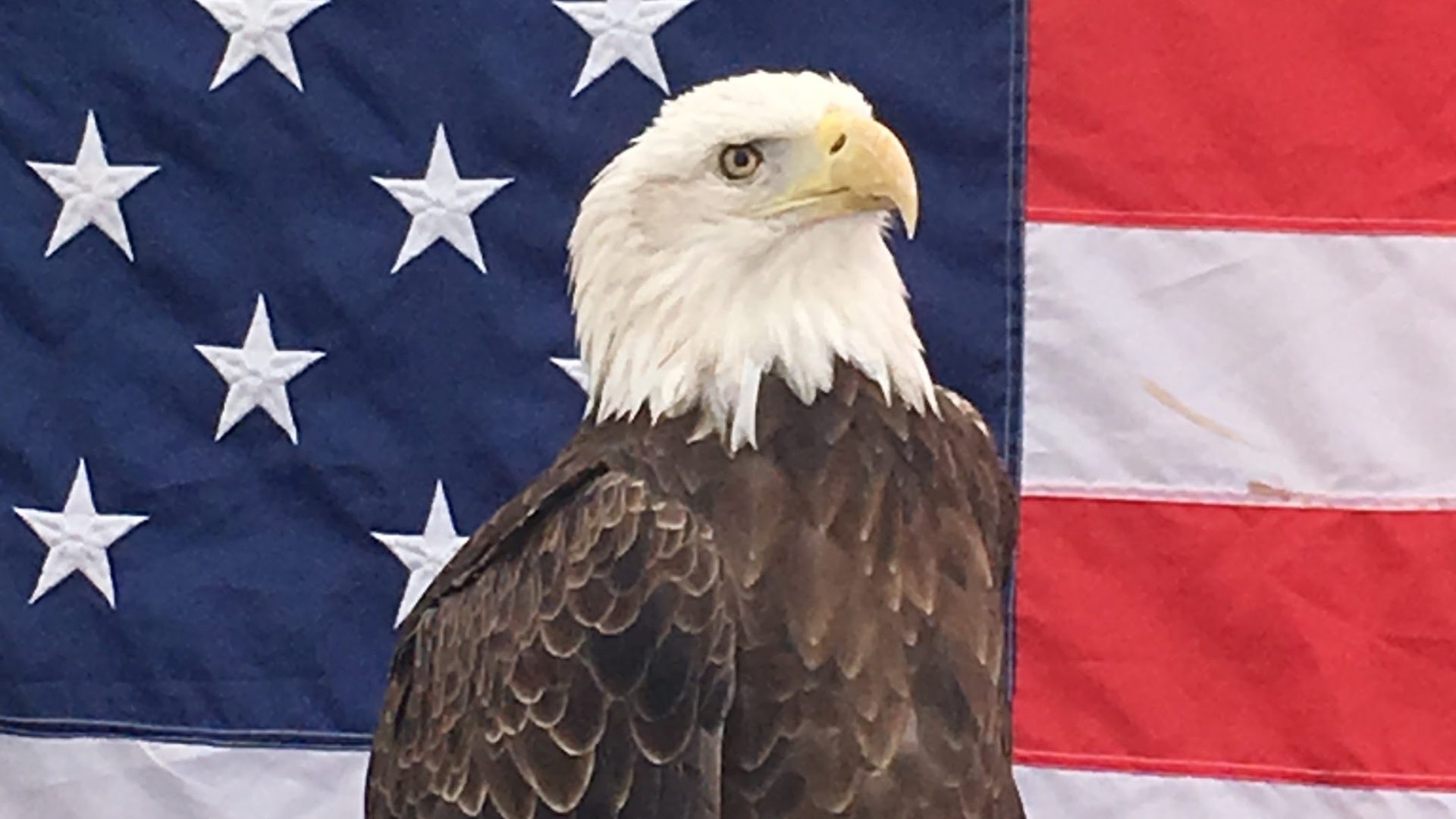Bald eagles serve as a national symbol of the USA
Bald eagles have always been my favorite bird. My family has always loved scouring the treetops looking for these majestic birds. I am always filled with pride at the sight of this symbol of America.
The bald eagle was first adopted as the national symbol in 1782. A fun fact for this Thanksgiving day: it is a myth that Benjamin Franklin positioned the turkey to be America's bird, but he did extol the virtues of the turkey while shaming the eagle in a letter to his daughter.
The bald eagle population in the United States of America today includes more than 150,000 individual birds. This thriving population has not always been the case though. During the 1800s and early 1900s, the bald eagle was seen as a pest to farmers and were often shot. The introduction of DDT in the 1940s continued to threaten their population as it poisoned the fish in the water that the eagles ate. To make things worse, their habitat was lost to deforestation throughout the United States.
By 1963 it was estimated that there were fewer than 500 nesting pairs in the lower 48 states. That dramatic decrease was finally the shock that the country needed to start protecting this majestic bird. The Bald Eagle Protection Act, which was introduced in 1940, was the first step in protecting this bird of prey. (In 1962, the golden eagle was also added to this act.) The banning of DDT allowed for stronger eagle eggshells, allowing for more success for their progeny.
By 1963...less than 500 nesting pairs of bald eagles remained
Green Chimneys does wildlife rescue and rehab including eagles
Today, their nesting pairs are not quite at the same size of 100,000 nesting pairs as when we first declared the bird as our national symbol, but the population is thriving. Today, let's give thanks to this incredible bird that serves as one of our national symbols!
I took this photo while at the Green Chimneys' Birds of Prey Day. Green Chimneys, similar to the Vermont Institute of Natural Science, does wildlife rescue and rehabilitation. On their Birds of Prey Day, they invite the public to come and learn more about their work, especially their rehab program.



0 Comments